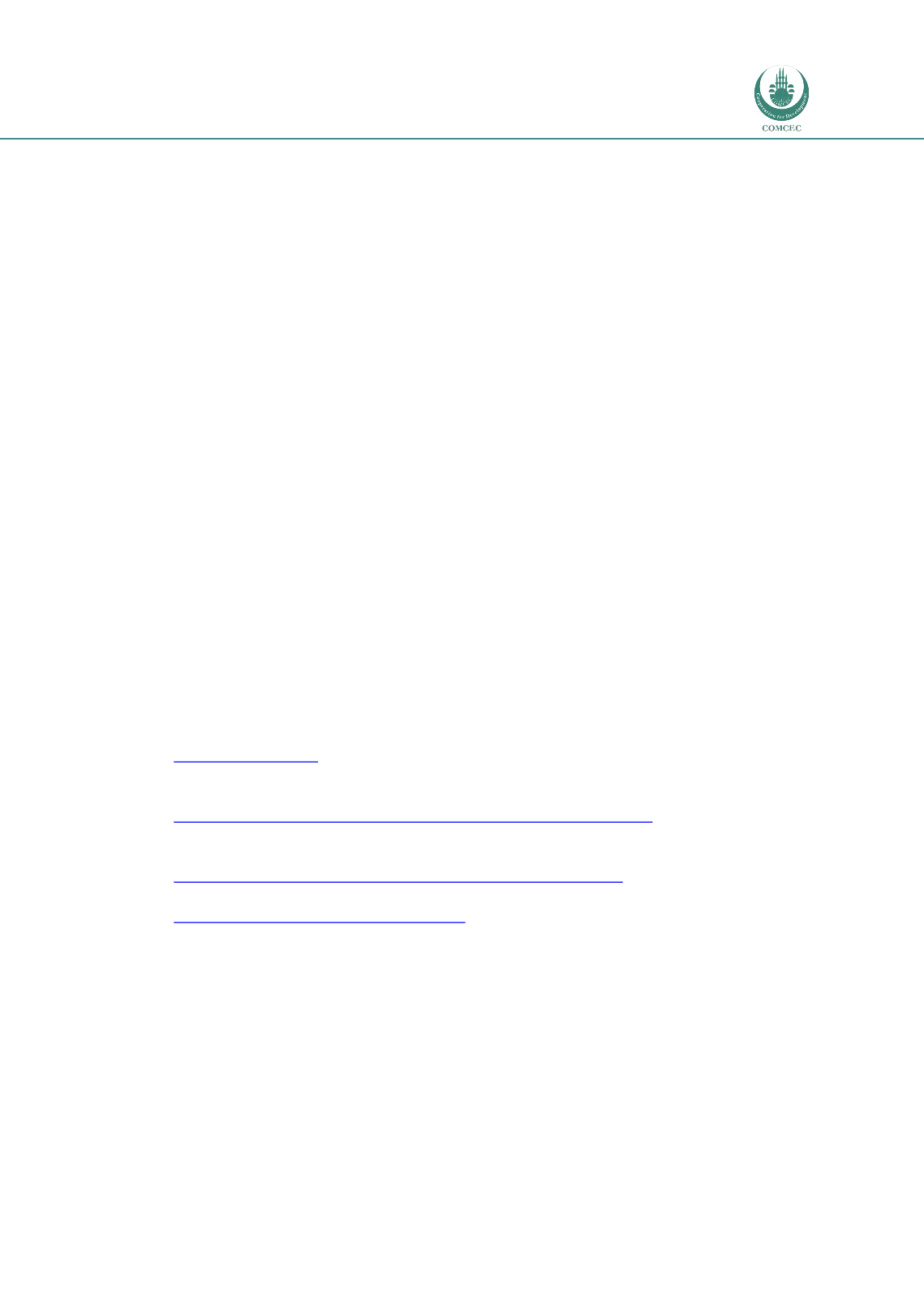

Promoting Agricultural Value Chains
In the OIC Member Countries
129
Kaplinsky, R. & Farooki, M. (2011). What are the implications for global value chains when the
market shifts from the north to the south?
International Journal of Technological
Learning, Innovation and Development
, 4(1/2/3): 13–38.
KIT and IIRR (2010).
Value Chain finance: beyond microfinance for rural entrepreneurs
. Royal
Tropical Institute, Amsterdam; and International Institute for Rural Reconstruction,
Nairobi.
Khan, M.B., Chaudhry, I.S. & Akhtar, M.H. (2011). Cost-Benefit Analysis of Cotton Production
and Processing by Stakeholders: The case of Mutlan and Bahawalpur Regions.
American Journal of Scientific Research
, 13, 131-141.
Knowles, N.J., Wadsworth, J., Reid, S.M., et al., 2007. Foot-and-Mouth-Disease Virus Serotype A
in Egypt.
Emerging Infectious Diseases
, 13(10), 1593-1596.
KPMG International (2013a).
The agricultural and food value chain: Entering a new era of
cooperation
. KPMG, the Netherlands.
KPMG International (2013b).
The KPMG Survey of Corporate Responsibility Reporting 2013
.
KPGM International, the Netherlands.
LACTIMED (2014). Developing the typical dairy products of Alexandria and Beheira. Diagnosis
and local strategy. Produced as part of the LACTIMED project.
Lee, J., Gereffia, G., & Beauvais, J. (2012). Global value chains and agrifood standards:
Challenges and possibilities for smallholders in developing countries.
PNAS
, 109(31):
12326-12331.
Lippman, T.W. (2012)
. Saudi Arabia on the Edge. The Uncertain Future of an American Ally
.
Potomac Books, Washington DC.
Lund-Thompsen, P., and Nadvi, K. (2010). Clusters, Chains and Compliance: Corporate Social
Responsibility and Governance in Football Manufacturing in South Asia.
Journal of
Business Ethics
, 93(2): 201-222.
Maertens, M. & Swinnen, J.F.M. (2009). Trade, Standards and Poverty: Evidence from Senegal.
World Development
, 37(1): 161-178.
Malaysian Ministry of Plantation Industries and Commodities Malaysia (MPIC) (2015). Vision,
Mission, Objective & Main Functions. Accessed 16 May 2015, available at
http://mpic.gov.my .Malaysian Palm Oil Board (MPOB) (2015). Distribution of area planted with palm oil. Accessed
15
May
2015,
available
at
http://bepi.mpob.gov.my/images/area/2014/Area_summary.pdfMalaysian Palm Oil Council (MPOC) (2012). Malaysian Palm Oil Industry. One of The World's
Largest
Palm
Oil
Exporter.
Accessed
11
June
2015,
available
at
http://www.mpoc.org.my/Malaysian_Palm_Oil_Industry.aspx .Malaysian Palm Oil Council (MPOC) (2013). The Oil Palm. Accessed 26 May 2015, available at
http://theoilpalm.org/malaysias-story/ .Markt & Produkt (2010).
Lebensmittelhandel und Exportchancen deutscher Molkereiprodukte in
Agypten
. Erstellt für das Bundesministerium für Ernährung, Landwirtschaft und
Verbraucherschutz, Januar 2010.
Melese, A.T., & Helmsing, A.H.J. (2012). Endogenisation or enclave formation ? The
development of the Ethiopian cut flower industry.
Journal of Modern African Studies
,
48(1): 35–66.
Miller, C. & Jones, L. (2010). Agricultural Value Chain Finance. Tools and Lessons. Food and
Agriculture Organization of the United Nations and Practical Action Publishing.
Miller, C., Saroja, V.N. & Linder, C. (2013).
ICT Uses for Inclusive Agricultural Value Chains
. FAO,
Rome.

















